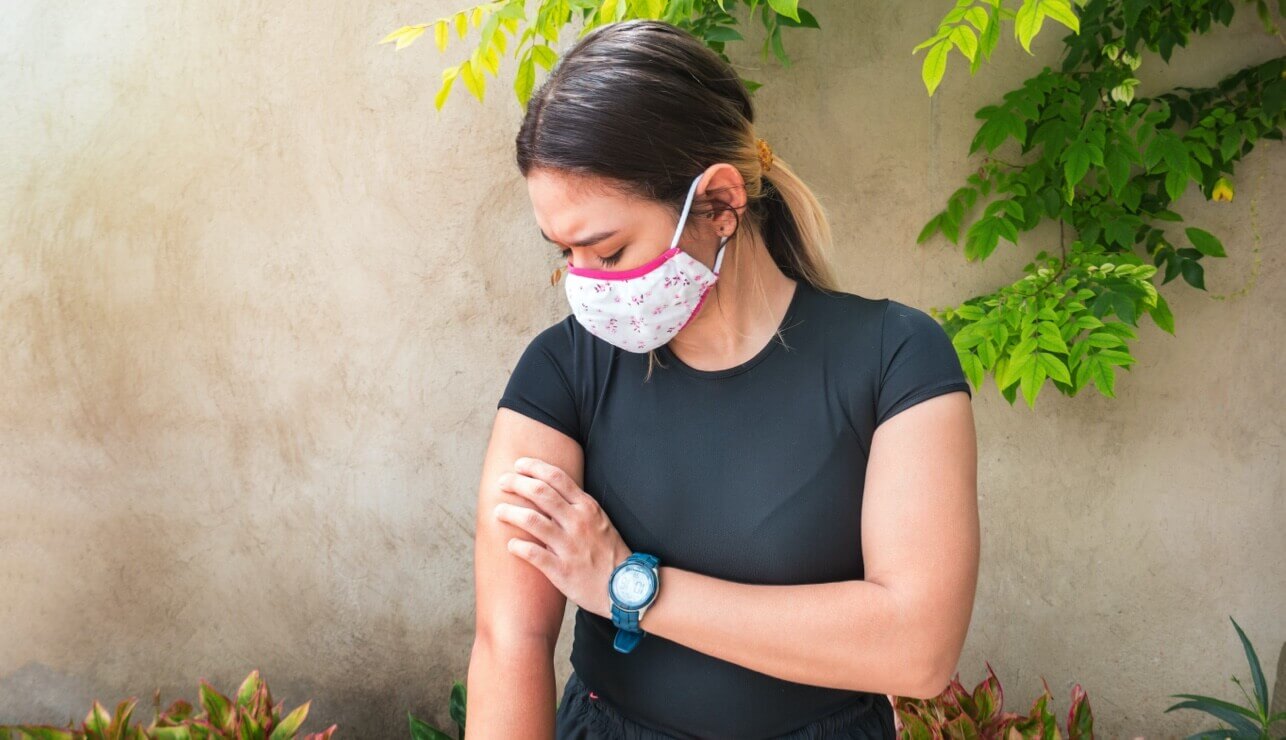Upper Extremity Deep Vein Thrombosis
What is Upper Extremity Deep Vein Thrombosis?
An upper extremity deep vein thrombosis (DVT) happens when a blood clot forms in the deep veins of the upper limbs as opposed to the lower limbs. An upper-extremity DVT usually occurs in the axillary, subclavian or basilic veins. The condition is relatively uncommon and most frequently occurs in association with intravenous line (IV) or permanent IV lines like Portacath or PICC lines.
Signs and Symptoms
Signs and symptoms of upper extremity DVT can include:
- Sudden pain
- Warmth
- Discoloration of the arm
- Swelling in the arm
Causes
Most upper extremity DVTs occur due to pressure or blockage or damage to the veins as they leave the arm or shoulder. Additional specific causes can include:
- Thoracic outlet syndrome – when the upper ribs press up against the veins or nerves.
- A history of injury or heavy exercise to the upper body, also known as “effort induced thrombosis.” This can develop after vigorous, repetitive activity with repetitive arm movements, such as swimmers, weight lifters, athletes who throw shot put, javelin, etc. or people whose job entails repetitive arm movements.

